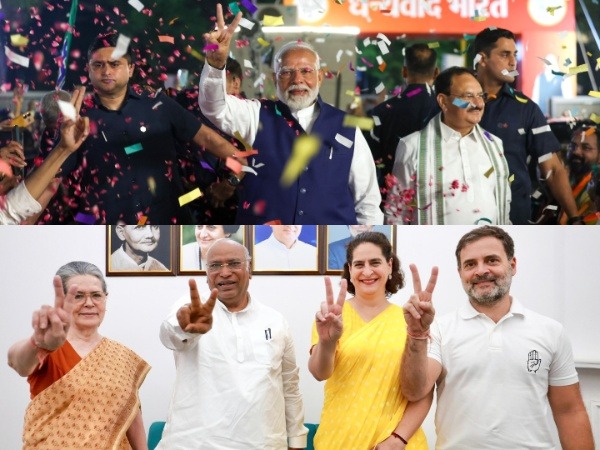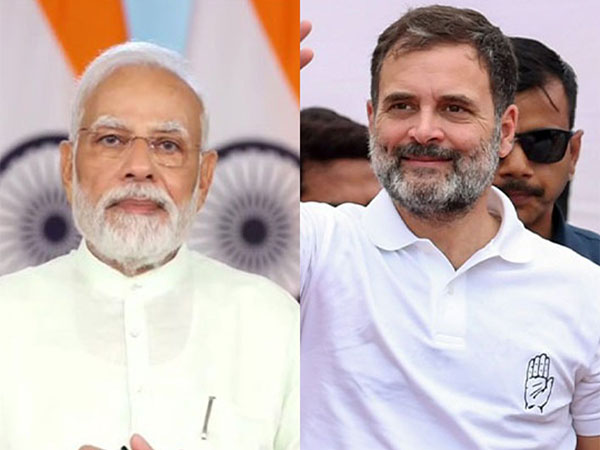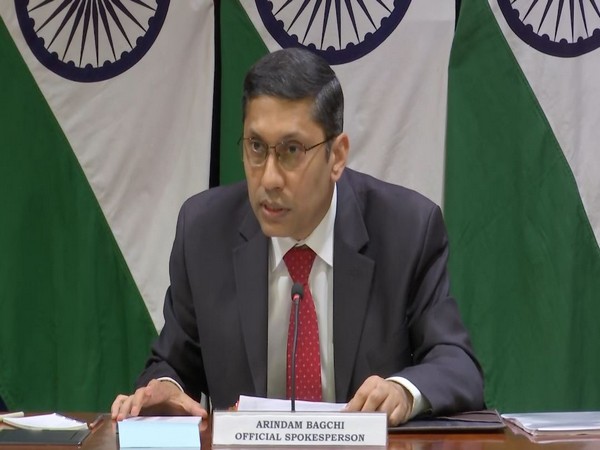In a written response to a query in the Rajya Sabha, Union Minister of Road Transport and Highways, Nitin Gadkari, highlighted the government's commitment to fostering electric mobility through the introduction of a battery-swapping policy. This initiative stems from an inter-ministerial discussion held by NITI Aayog in February 2022, focusing on 2 and 3-wheeler battery swapping.
Battery swapping, emerging as a compelling alternative to conventional EV charging, involves the exchange of discharged batteries for fully charged ones. Especially beneficial for vehicles with smaller batteries, such as 2 and 3-wheelers, battery swapping is set to significantly contribute to the accelerated adoption of electric vehicles in the country.
Recognizing the strategic significance of battery swapping, NITI Aayog tailored a draft policy framework, aligning it with existing initiatives like FAME (Faster Adoption and Manufacturing of Hybrid and Electric Vehicles) and PLI (Production-Linked Incentive). These policies are already in effect to promote electric mobility nationwide.
Why is battery swapping beneficial?
India has witnessed a notable uptick in battery swapping stations, expanding their operational footprint annually. The advantages of battery swapping over traditional charging methods are substantial and multifaceted.
Firstly, battery swapping proves to be time, space, and cost-efficient, especially when each swappable battery is actively utilized. This approach also fosters innovative and sustainable business models, exemplified by concepts like 'Battery As a Service.'
Moreover, this technology addresses the range anxiety associated with long journeys, providing drivers with the ability to extend their driving range without concerns about limited access to charging stations. For fleet vehicles and commercial EVs, battery swapping emerges as a cost-effective solution.
The battery swapping policy not only promotes various technologies and business models but also addresses challenges related to upfront costs, downtime, and space requirements for charging batteries. As a result, it plays a pivotal role in propelling the growth of electric vehicles in the country.
Battery Swapping Policy in India
India has implemented several supporting initiatives, including FAME I and II, PLI for NPACC, and state-level policies to boost indigenous battery manufacturing capacity. The Budget of 2022-23 further solidified the government's commitment by announcing the introduction of the battery swapping policy and interoperability standards to enhance efficiency in the EV ecosystem.
Following extensive deliberations and input from relevant stakeholders, NITI Aayog has drafted the battery swapping Policy. To ensure a well-structured policy framework, additional discussions are underway with key entities such as the Bureau of Indian Standards, the Department of Science and Technology, and other stakeholder departments. The forthcoming battery-swapping policy promises to be a transformative force in India's journey towards widespread electric vehicle adoption.
by Rupa Kumari & Kapil Raje



















